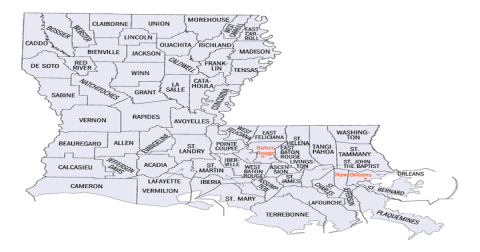Prepare Your Ears For Millions Of Cicadas In Louisiana This Spring
Well folks, 2024 is shaping up to be a year full of surprises. This spring, two different broods of cicadas are emerging from the ground and this only happens every 221 years. Here’s what you need to know about the double emergence of cicadas in 2024.
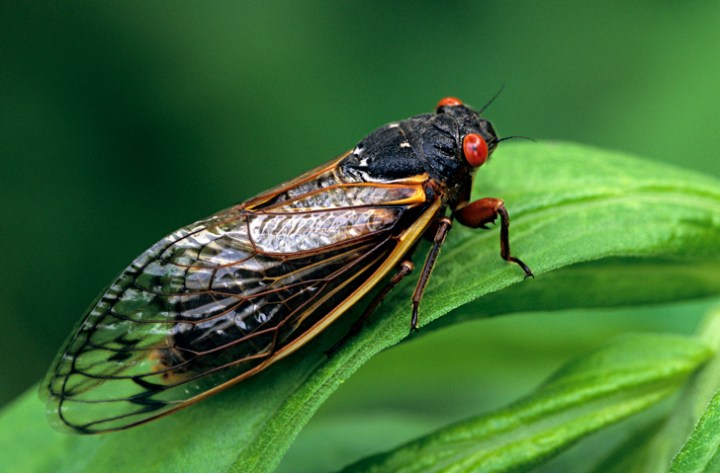
Two different broods are going to rise up from the ground this year, Brood XIX (the 13-year cicadas) and Brood XIII (17-year cicadas).
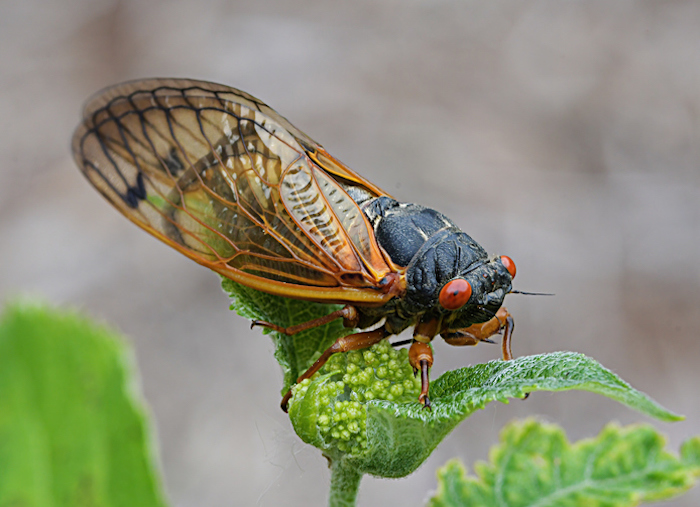
There are 3,390 types of cicadas across the globe, including 190 varieties in North America. They are commonly misidentified as locusts, but they are in fact completely different species.
Advertisement
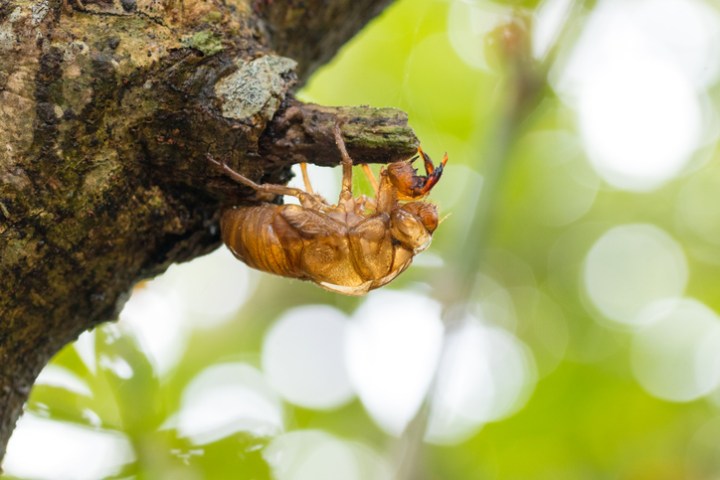
These periodical cicadas emerge from the ground every 13 or 17 years. Even more fascinating, they all emerge simultaneously, like they planned it ahead of time. While it is a cool party trick, there’s actually a method to the madness. The idea is that if they all emerge from the ground at the same time, it would be intimidating for predators. Predators can’t possibly catch them all, ensuring a good number can survive to reproduce.
You’ve probably seen the exoskeletons on trees before. It’s one of the first things they do when they come top side. They’ll shed their exoskeletons and then start serenading until a female answers back.
You’ve probably seen the exoskeletons on trees before. It’s one of the first things they do when they come top side. They’ll shed their exoskeletons and then start serenading until a female answers back.
Advertisement

There are a few “lucky” states that might get a double whammy of cicadas.
Good luck, Indiana and Illinois.
Good luck, Indiana and Illinois.
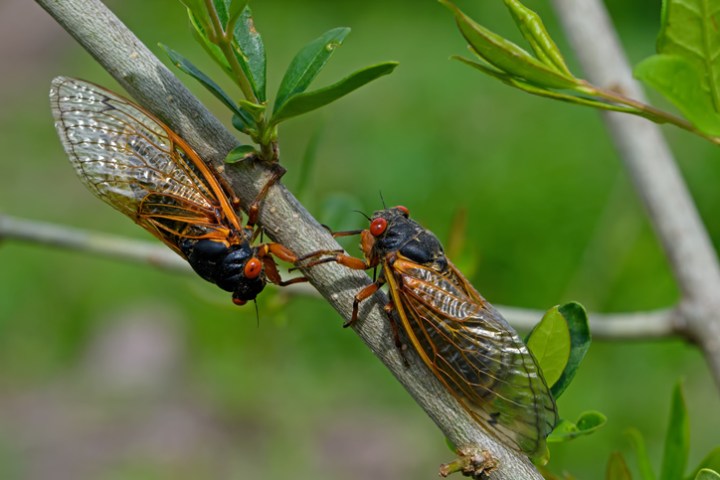
Mark your calendars for mid-May and block it out through late June. The ground has to reach 64 degrees, so it’s a waiting game until that temperature is reached. Don’t worry, these things are so loud there’s no way you’ll miss it.
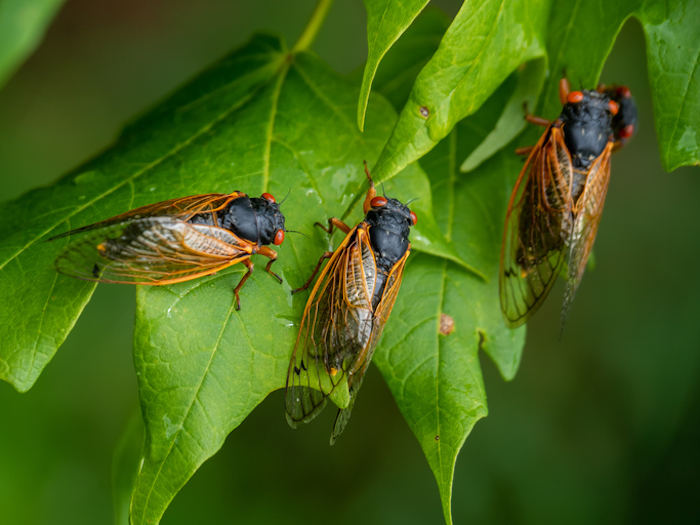
They’re doing their best Marvin Gaye impression. Yep, the sounds we hear are males trying to attract females. Once they mate, the males will die and the females will go off to lay eggs in tree branches before eternally clocking out themselves. The eggs will hatch sometime between late July to early August when they’ll fall to the ground and burrow underground and that’s where they’ll stay for 13 (or 17) years.
The good news is, other than being extremely loud neighbors, cicadas pose no threat to humans or pets. They’re here for a good time, not a long time. Get yourself some earplugs and maybe plan a trip to the West Coast if you don’t want to deal with these little flying maracas.
OnlyInYourState may earn compensation through affiliate links in this article. As an Amazon Associate, we earn from qualifying purchases.



